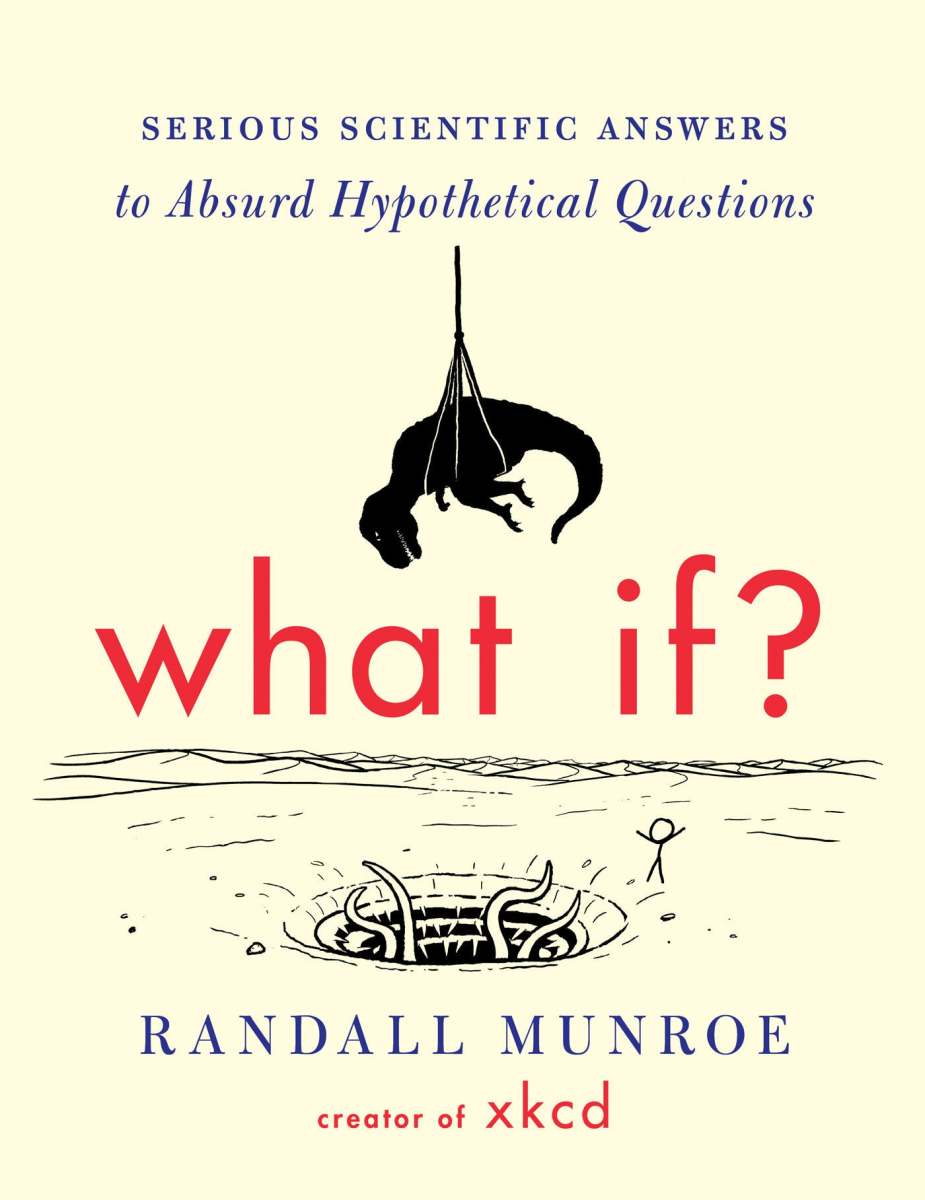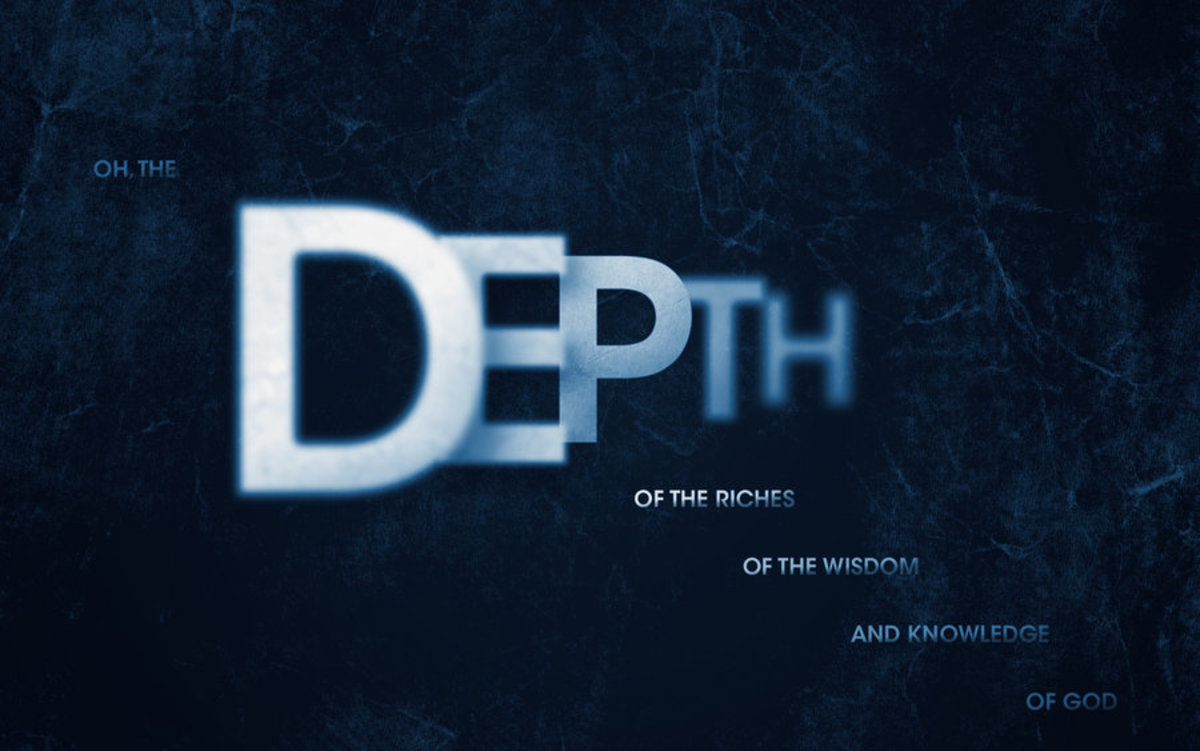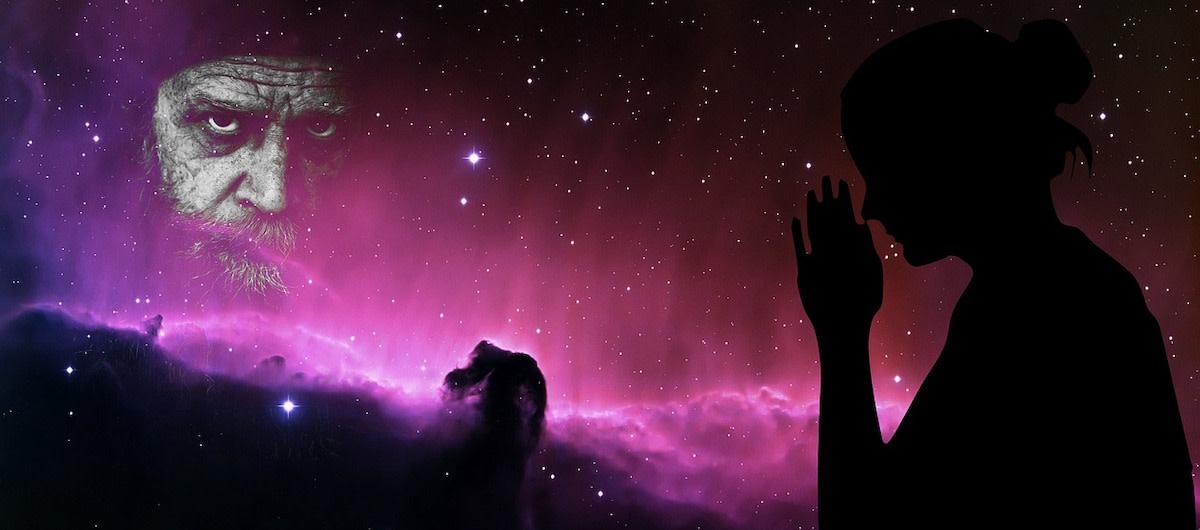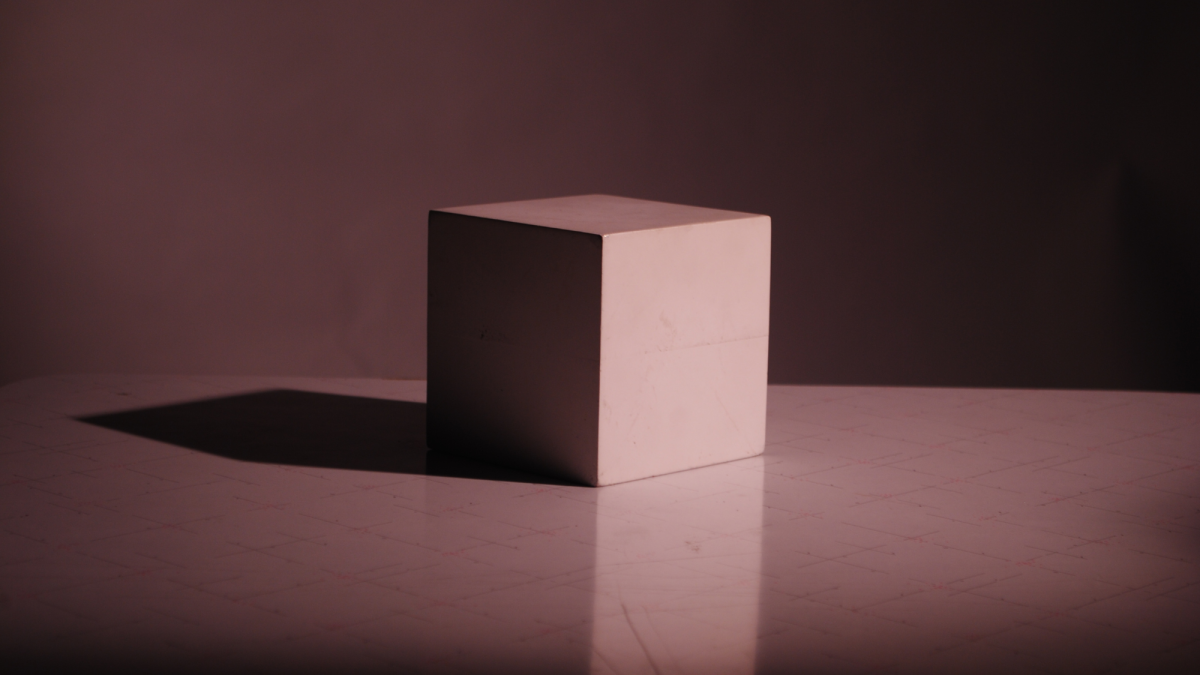Pop Science in Name Only
Voyager 1 Golden Record - The Sounds of Earth
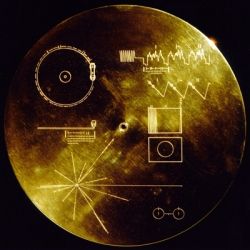
Get the Real Science Deal
One of my favorite pastimes is to watch shows and read books on physics and astronomy. I relish the books that are challenging but don't read like a doctoral thesis. Yes, the following science authors can be viewed as "pop science" but I don't find their writing at all condescending or necessarily dumbed down. They are like nonjudgemental guides that help me understand things that my professors (with their arena-size classrooms) often didn't have the time or patience to explain.
As a teacher, I know that HOW you explain things is important. We are lucky to have some fine communicators that are also physicists and astronomers.
So, let me get enthralled and carried away by their on-screen personas. If I can understand even a small part of what they know, I am totally digging it.
Cosmos: A Space Odyssey

Whose Universe is It Anyway?
Some other recommended DVDS
Empire of the Sun [HD]
He makes astronomy awesome. Host Dr. Brian Cox is not afraid to venture from a dry, academic delivery and gush about the beauty of the Solar System. I like the Radiohead style music too.
How to Travel to a Parallel Universe
Michio Kaku takes the viewer on a journey. Like the creative imaginings of a science fiction author, he likes to postulate about what could really happen in the near future.
Nova: Fabric of the Cosmos
Brian Greene had PBS shows Fabric of the Cosmos and The Elegant Universe. He reaches into some complex theories and mathematics and does a great job explaining them.
Illustration of Gravity
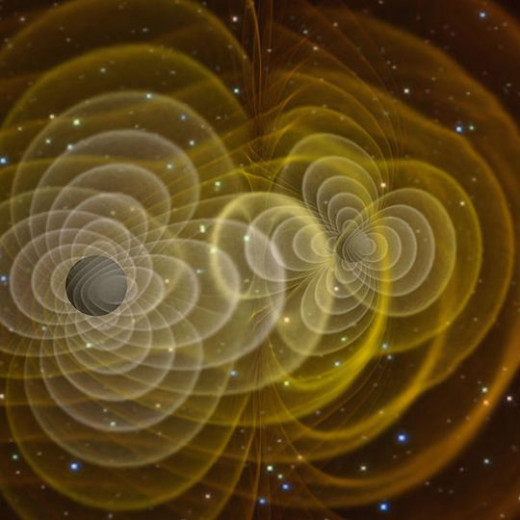
DEFINITION: Gravity
Gravity is the warping (curving) of spacetime. Mass creates a bump or dent into space. Smaller objects are attracted to the mass because it forms a pocket in space and time that tips these objects towards it. A good analogy is a heavy cannon ball denting the smooth surface of a trampoline. Release some tennis balls at the edge and they become drawn into a spiraling rotation down into the dent. The reason time is in the explanation is because being closer or farther from a gravity source changes the speed of time. The neat thing is we are actually constantly falling into the earth. But the mass stops us from going but so far.
Current Experts in Popular Science
Neil deGrasseTyson: Tyson is an astrophysicist, the curator of the Hayden Observatory in New York City, author, speaker and host of the Cosmos: a Spacetime Odyssey.
Carl Sagan: Sagan was an astronomer, author and educator. He was the host of the original series The Cosmos and worked on the Golden Record for the Voyager I.
Brian Cox: Cox is a physicist and host of the series Wonders of the Solar System and Wonders of the Universe.
Michio Kaku: Kaku is a physicist, author and host of Sci Fi Science.
Brian Greene: Greene is a physicist, author and expert in String Theory. He was host of the PBS Special The Elegant Universe.
Stephen Hawking: Hawking is a physicist and author of many books including the acclaimed A Brief History of Time.
Lisa Randall: Randall is a physicist at Harvard. She's the writer of numerous articles and author of Higgs Discovery: The Power of Empty Space.
The Current Science Hotties! - My apologies for being a little juvenile here.

The good thing about science is that it’s true whether or not you believe in it.
— Neil deGrasse TysonCalabiYau5 String Image
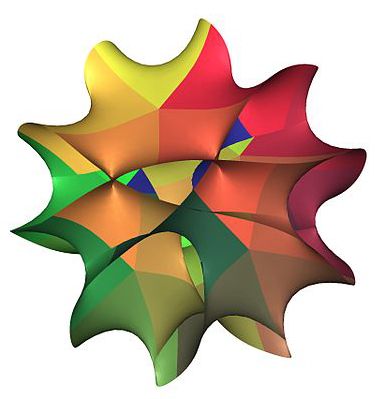
DEFINITION: String Theory
Music in the Spheres
Physicists have been searching for the unified field theory. This long sought-after theory will connect the math of the big (big bang, galaxies) with the math of the small (atoms, quarks, waves). A unified theory must explain gravity in a way that makes sense for both.
Brian Greene is a string-theory advocate. He says if we view particles as one dimensional strings, then the math for explaining gravity becomes the same for both big and small. As I think I understand it, each element of the universe is distinct due to the way their strings vibrate. As a musician, the idea of matter and elements vibrating at a subatomic level is fun and exciting.
Plato's Cave
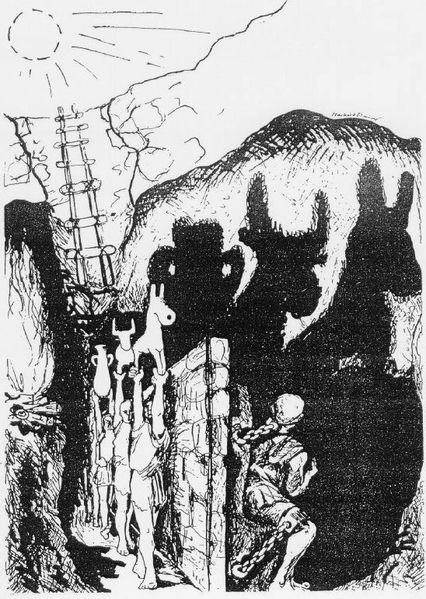
Plato's Allegory of the Cave
and how Brian Greene compares it to the reality we see (or don't see).
In Plato's Allegory, a group of prisoners can only face a cave wall. On the wall they see shadows of the outside world -- people and objects. The sounds they hear echo off the wall so they think the shadows are making the sounds.
Reality is behind them but they cannot see it.
For Plato, the philosopher is the man that can finally turn around and see the reality.
In his book The Hidden Reality, Brian Greene describes how physicists are studying theories that may eventually prove how the reality we see may also be "shadows" of a different dimension. For example: What we see could be holographic 3-dimensional images of a 2-dimensional reality. Or we could very well be existing in a multi-dimensional universe but we can only see and feel three dimensions. Blows your mind, uh?
Stephen Hawking and Leonard Mlodinow
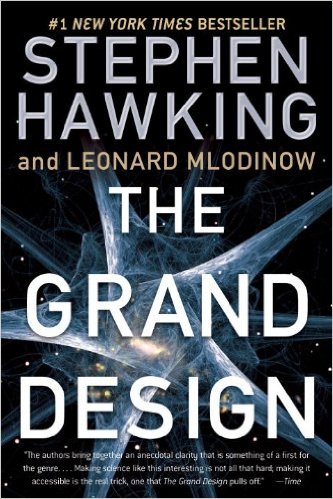
The Grand Design
Stephen Hawking broke out of the academic circles with his discoveries about the universe in the book A Brief History of Time. This is his newest book that takes those discussions further. Essentially he talks about the idea of multiple realities and how the current theories are pointing towards this. He is another person I believe is fulfilling his destiny to help humanity progress to the next level. Grand Design has overall great reviews.
I personally believe that science and spirituality can coexist (although some of these authors would disagree with me). When I see these amazing theories and discoveries, it makes me feel all the more a part of something more.
This is Not the Alternate Universe I Was Looking For
Some recommended BOOKS
Cosmos
I haven't reread this Carl Sagan book in a long time but if you are building an Astronomy library for the amateur, this is numero uno. This book and show were made in the 1970s and some of the material is outdated. But the book’s writer and show’s host Carl Sagan is the yardstick that all the other science books and shows have to measure up to.
Space Chronicles: Facing the Ultimate Frontier
I read Neil deGrasse Tyson's Death by Black Hole and Other Cosmic Quandries. He's a good writer and carries a great sense of humor. He's also written The Pluto Chronicles.
Higgs Discovery: The Power of Empty Space by Lisa Randall.
This short book helps to explain what all the fuss is about the Higgs particle or 'God' particle. She describes how the tests are conducted to prove it's probable existence.
The Fabric of the Cosmos: Space, Time, and the Texture of Reality
I’ve read this book by Brian Greene. He is one of the physicists open to string theory. I’ve also read his books, The Elegant Universe and The Hidden Reality, the last of which I wrote a book review. I advise reading his books and then getting the audio book to reinforce the ideas. They get heady, but he uses diagrams that help with his examples.
Higgs Boson Plush

DEFINITION: Higgs Boson
Higgs boson is a hard to detect particle that gives other particles their mass properties. It's been explained as a syrupy molasses that sticks to some particles more than others. This "worker bee" takes the universe's energy and changes it into mass. That's why the recently discovered proof of the Higgs boson is such a big deal. Almost as big as finding the unified theory.
The New York Times has an excellent animated slide show that explains Higgs boson (below).
New York Times Animated Explanation of Higgs
- What Is the Higgs? - Interactive Graphic - NYTimes.com
Two physicists, Peter Higgs of Britain and François Englert of Belgium, on Tuesday won the Nobel Prize in Physics. But just what is the Higgs Boson?
Three Sample Videos
I love how these shows and presentations portray scientific information with a sense of awe and wonderment.

